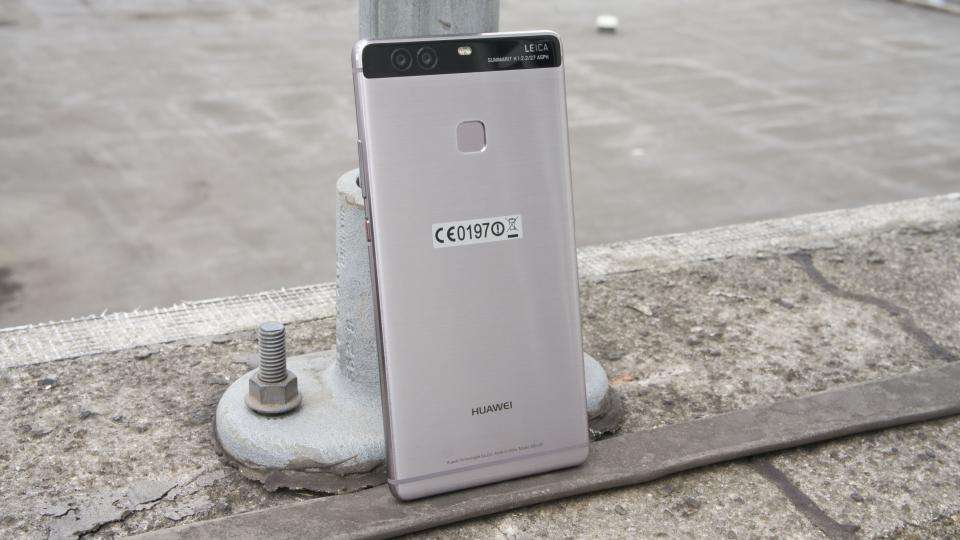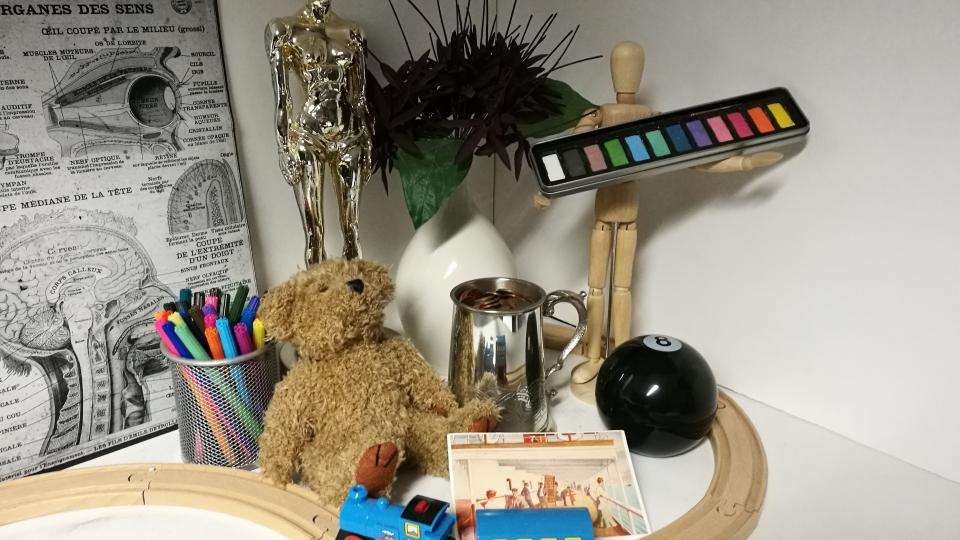The Huawei P9 not be the best smartphone we’ve ever tested, but it impressed us when we reviewed it last year. Instead of looking like another iPhone clone, the P9 did something different, and even great Leica-endorsed cameras. Despite some minor performance hiccups, the P9 represented a legitimate alternative to the rest of the year's top-end flagships such as the Samsung Galaxy S7 and iPhone 7. And now, Huawei's given the P9 the super-size treatment with the newly released P9 Plus.
The Huawei P9 Plus shares the same design cues as the original Huawei P9, but that’s no bad thing. Dominated by a large screen, the handset we used came in a fetching metallic colour, and had the same level of quality we’d expect of a more expensive flagship. The rear of P9 Plus simply features a fingerprint sensor, and dual Leica cameras – lifted straight from the smaller P9.
However, while I can't fault the speed of the sensor, I found the touch gestures weren't always 100% successful. What's more, using it to open the notification bar still falls foul of Huawei's frustratingly rigid Emotion UI interface. For instance, Huawei insists on separating your notifications from the settings shortcuts, and switching between them using touch gestures alone just isn't possible.
Specs
The P9 Plus shares the same cameras and Kirin 955 hardware as its smaller 5.2in stablemate, but the P9 Plus' display has swelled to a hefty 5.5in. The resolution hasn't changed, mind, as Huawei's chosen to stick with a 1,920 x 1,080 AMOLED panel rather than bump up the pixel count. It also comes with 64GB of storage as standard (of which 54GB is available to the user), rather than 32GB, and has a larger 3,400mAh battery. Otherwise, you're more or less looking at exactly the same handset.

Of course, a larger screen, more storage and a bigger battery are exactly what you'd want from a 'plus-sized' phone, but those improvements have sent the price soaring. At £550 SIM-free or around £35 per month on contract, the P9 Plus is substantially more expensive than the regular P9, which is available for £440 SIM-free or nothing at all on a £24-per-month contract. At this kind of price, the P9 Plus is right up there in flagship Samsung Galaxy S7 and LG G5 territory, so it needs to work a lot harder to stand out compared to its little brother.
Display
Huawei certainly doesn't need to worry about the quality of its 5.5in Full HD display. As the panel covers 100% of the sRGB colour gamut, photos and videos look wonderfully rich and punchy, and the ultra-high contrast levels from the AMOLED screen tech ensure there's plenty of detail from the darkest shadows to the brightest highlights.
The backlight is reasonably potent, too, and reaches a peak brightness of 399cd/m2. This is around 50cd/m2 more than what I usually see from AMOLED displays, and it makes using the phone in direct sunlight that bit easier. Even Samsung's Super AMOLED panel on the S7 only manages just over 350cd/m2 on manual brightness, so at first glance you could almost say the P9 Plus's screen actually surpasses that of Samsung's.
Those figures are a little misleading, though. The S7’s adaptive light sensor is able to push the screen brightness up to around 470cd/m2 when the brightness control is left on auto mode, which actually makes it more readable outdoors than the P9 Plus. Huawei’s done a great job, but it’s still a whisker behind the best here.
Camera
Just like the original P9, one camera is a regular RGB sensor while the other is monochrome-only. You can read our P9 review for an in-depth look at how it works, but Huawei caims that the additional monochrome sensor allows the camera to capture up to 200% more light when they're used together to improve contrast.
Of course, this is somewhat hampered by the size of each sensor's individual pixels, as these only measure 1.25um compared to the S7's considerably larger 1.4um camera pixels. It doesn't have any optical image stabilisation either, which can make low-light shots very blurred if you can't keep your hand steady.
However, the novelty of shooting in proper monochrome (as opposed to an add-on filter) will probably be enough for some users, and I was certainly very impressed with the quality of my test shots. There was oodles of detail in evidence, and the strong contrast between light and dark areas was very striking indeed. The same goes for its regular RGB sensor, which produced fantastic photos in bright, summer sunshine. Colours were rich and natural, and exposure levels were very well judged.
It certainly makes for an excellent outdoor snapper, but my indoor shots were less convincing. Just like with the original P9, low lighting conditions proved a particular challenge, as noise levels were very high throughout. Colours were generally accurate, but finer details weren't particularly crisp or well-defined. The flash helped even this out to some extent, but it was only when I switched on our studio lights that picture quality really improved, with noise largely disappearing and details coming into sharper focus.

It's a shame the P9 Plus' low light performance isn't better, as its dozens of additional modes are sure to please photography fans. These include an Aperture mode to adjust depth of field, and a Professional mode that lets you adjust the ISO, exposure, shutter speed, autofocus and white balance. You can even take photos in RAW for editing later. However, when other flagship cameras such as those on the S7 and G5 have very similar features and have better low light performance, it's really only the Plus' monochrome lens that gives it an edge.

